The XO Definition Has Finally Been Changed
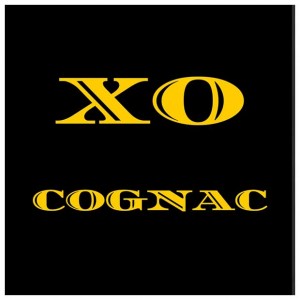 With effect from 1 April 2018 any cognac classified as an XO must have been aged for a minimum of 10 years. This change of XO Definition means that in the case of a blend, which many are, the youngest cognac used must now be at least a decade old. This is a 4 year increase as previously only 6 years of ageing was sufficient for a cognac to qualify. Regulatory body, the BNIC, comments that the change is designed to extend the quality positioning of XO cognacs and align them with market reality (some XOs are aged for 10 years or more anyway). First announced in 2011, the industry has been given plenty of warning to mature their stocks however, an interim measure has also been put in place. XO cognacs aged for 6, 7, 8, and 9 years and packaged by 31 March 2018 may be labelled and sold as XO until 31 March 2019. Thereafter, all XOs must be at least 10 years old and no doubt the price will increase accordingly.
With effect from 1 April 2018 any cognac classified as an XO must have been aged for a minimum of 10 years. This change of XO Definition means that in the case of a blend, which many are, the youngest cognac used must now be at least a decade old. This is a 4 year increase as previously only 6 years of ageing was sufficient for a cognac to qualify. Regulatory body, the BNIC, comments that the change is designed to extend the quality positioning of XO cognacs and align them with market reality (some XOs are aged for 10 years or more anyway). First announced in 2011, the industry has been given plenty of warning to mature their stocks however, an interim measure has also been put in place. XO cognacs aged for 6, 7, 8, and 9 years and packaged by 31 March 2018 may be labelled and sold as XO until 31 March 2019. Thereafter, all XOs must be at least 10 years old and no doubt the price will increase accordingly.

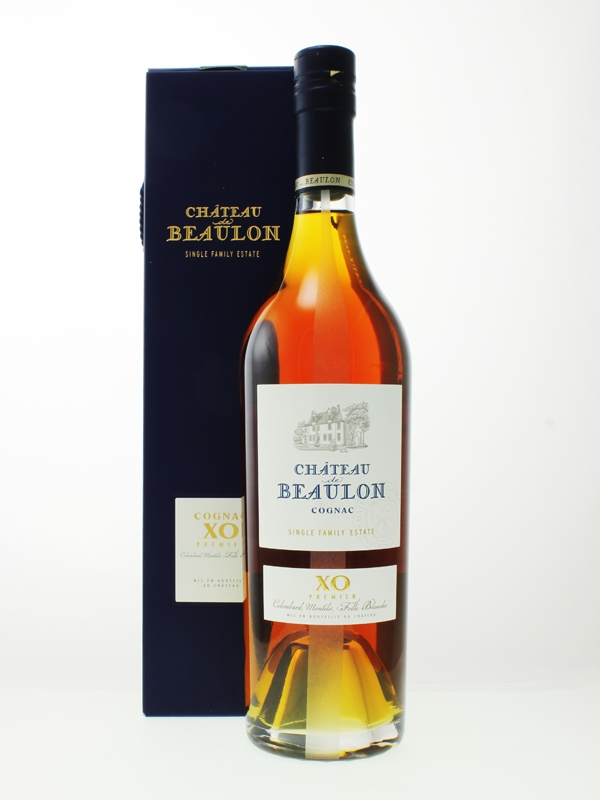
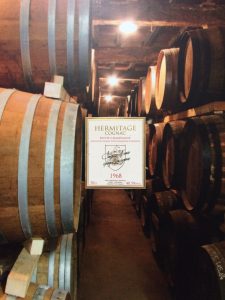 Just arrived –
Just arrived – 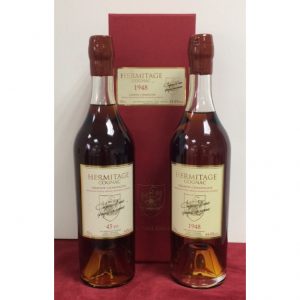 Our Cognac Buyer has been super busy recently and these latest additions to the Hermitage range are astonishingly good! Both are from the top cru, Grande Champagne. They are wonderful examples of spirit that has been aged naturally, in oak casks, for decades. Indeed they are two of the best cognacs in our portfolio.
Our Cognac Buyer has been super busy recently and these latest additions to the Hermitage range are astonishingly good! Both are from the top cru, Grande Champagne. They are wonderful examples of spirit that has been aged naturally, in oak casks, for decades. Indeed they are two of the best cognacs in our portfolio.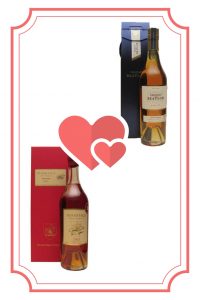 There are so many reasons to enjoy your
There are so many reasons to enjoy your 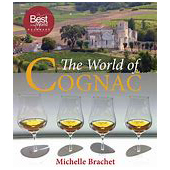 For decades we have referred to Nicholas Faith’s book
For decades we have referred to Nicholas Faith’s book 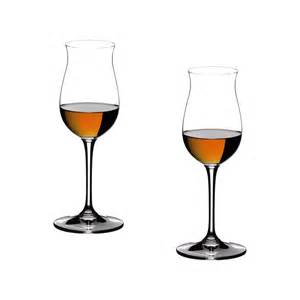 For decades we have been advocating the use of tulip glasses for drinking cognac. DB has written much on the subject including one of his monthly
For decades we have been advocating the use of tulip glasses for drinking cognac. DB has written much on the subject including one of his monthly 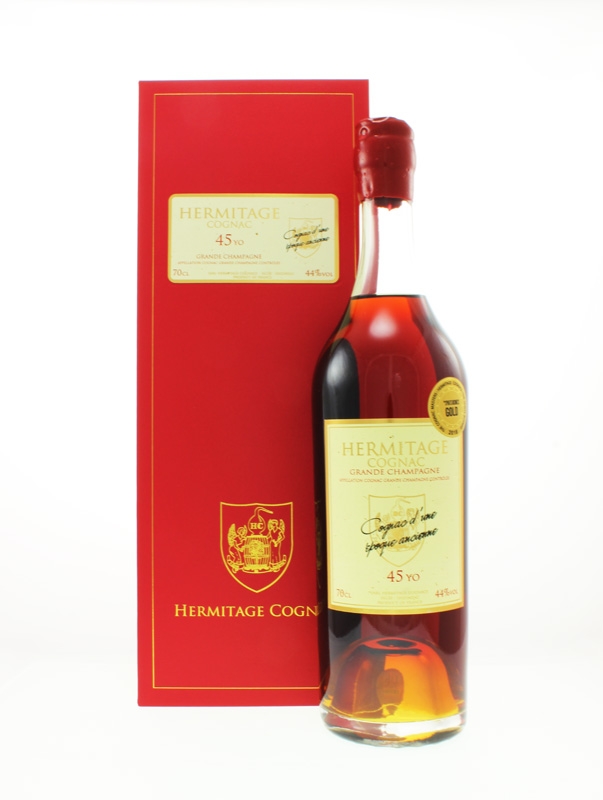
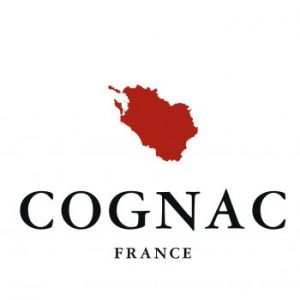 Cognac rebrands. Its regulatory body, the BNIC, has just unveiled a new brand identity for the appellation which was officially recognised over a hundred years ago. The logo depicts a rich, copper still-coloured map of the growing region. Bordering the Atlantic ocean, the appellation is bisected by the river Charente and comprises 6
Cognac rebrands. Its regulatory body, the BNIC, has just unveiled a new brand identity for the appellation which was officially recognised over a hundred years ago. The logo depicts a rich, copper still-coloured map of the growing region. Bordering the Atlantic ocean, the appellation is bisected by the river Charente and comprises 6 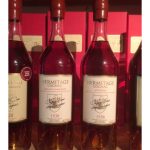 We are really looking forward to 2018 as two more Hermitage celebration vintages are added to our stores. An exceptional
We are really looking forward to 2018 as two more Hermitage celebration vintages are added to our stores. An exceptional 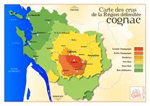 For the 3rd year running,
For the 3rd year running,